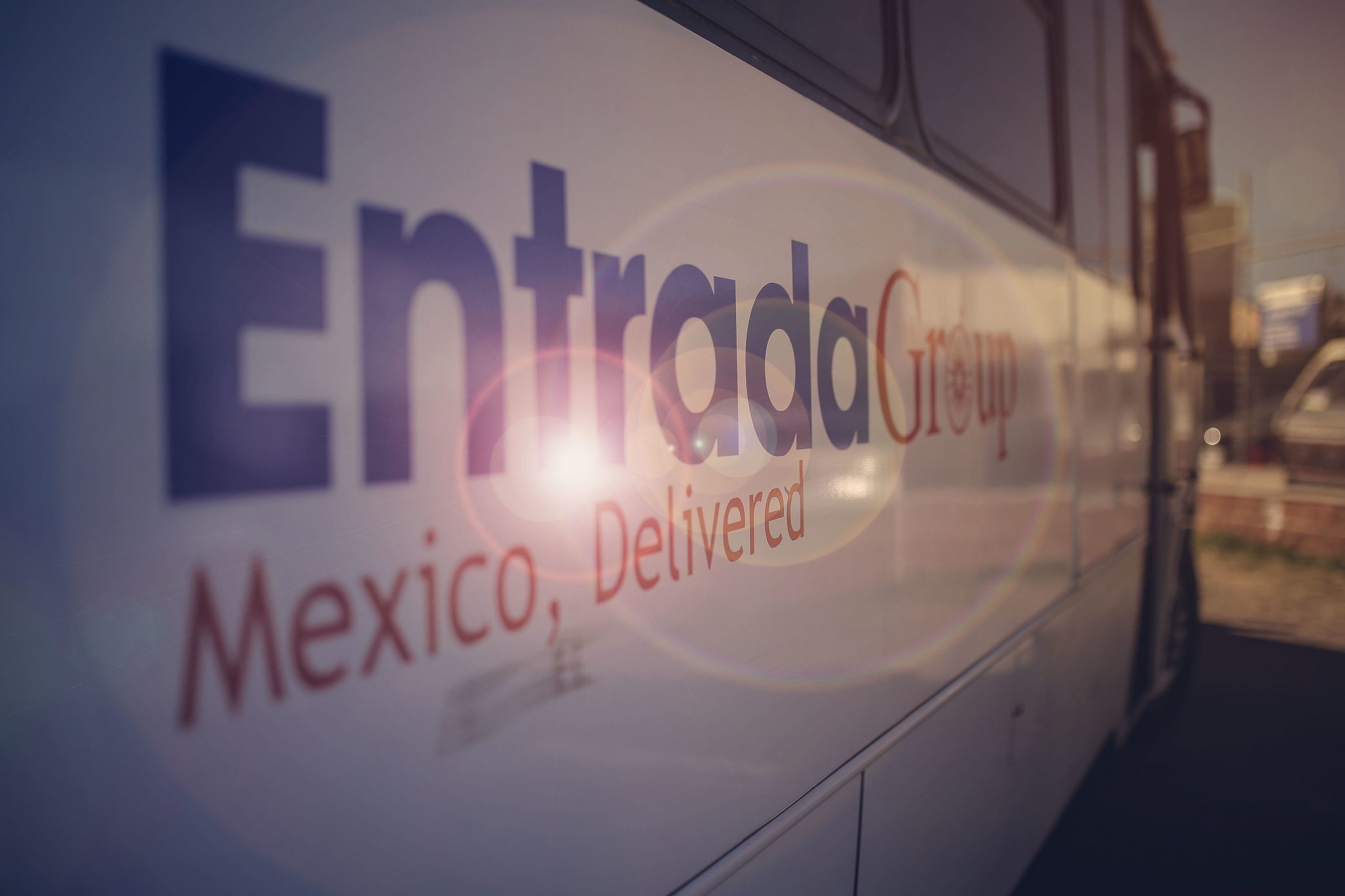Mexico Manufacturing Post 2020 – A Letter to the President-Elect
Dear President-Elect Biden,
First off, congratulations on your victory.
On behalf of the worldwide manufacturers that produce for North America, there are a few important issues we would like you to prioritize and resolve, ideally within the first 90 days of your taking office.
It so happens that for each of these key issues facing the sector, Mexico Manufacturing provides a very strong solution.
But it’s a solution that’s already in place. Therefore, companies lacking a presence in Mexico may instead prefer to simply set up operations in one of Entrada Group’s two central Mexico locations, rather than waiting to see how quickly the Biden administration is able to act on these priorities.
President-Elect Biden, we look forward to your swift resolution to the following:
Rising labor costs in manufacturing. COVID and its after-effects have made a bad situation even worse. According to the U.S. Bureau of Labor Statistics, hourly pay for US auto workers (to choose just one sector) increased to $28.21 in September versus $27.65 one year ago. Auto parts plants averaged 4.3 hours of overtime per week in August, compared 3.8 hours per week in January and February.
This is in effect a double-whammy, as auto suppliers saw profits take a dip during the COVID shutdown, and now they are having to pay higher wages with overtime just to keep up. Brian Collie of Boston Consulting Group estimates that auto suppliers are dealing with absenteeism rates of 10-15%.
By contrast, hourly labor rates in central Mexico (such as those paid by clients at Entrada’s manufacturing campus in Zacatecas) are a fraction of the prevailing wages paid north of the border. In fact, operating costs in central Mexico are now competitive with (if not lower than) wages found in some parts of China. Further, operating costs in Mexico have remained fairly stable for many years, due to the steadily declining value of the Peso (more on that below).
Manufacturing’s aging workforce. A 2019 report by The Manufacturing Institute reveals that 78% of manufacturing firms are very or somewhat concerned about the aging of the manufacturing workforce. As of 2017, nearly a quarter of US manufacturing workers were 55 or older, driving employer concerns about shortage of labor, declining productivity and rising costs.
International manufacturers operating in Mexico have a competitive advantage when it comes to demographics, however. Mexico’s population is increasing at a rate of 1.3% annually and projections indicate the median age in Mexico will be 31.2 years by 2025. Compare that to the US, where the annual population rate increase is .7% and the median worker will be 35 years old in 2025. In Germany, the situation is even more dire, with data projecting the national median age by 2025 to be 47.1 years old.
China as a manufacturing powerhouse. The relationship between China and the future Biden administration has many unknowns. It’s possible a Biden administration could adjust or remove the 20% tariff, but other issues with China (distrust, lack of transparency, currency manipulation) won’t disappear completely, no matter who sits in the White House. US dependence on China for imports won’t disappear either, and manufacturers caught in that dependence are more vulnerable.
No matter happens with China tariffs in 2021 and onward, Mexico offers several competitive advantages for manufacturers, including proximity, tariff-free trade and better protection of intellectual property. In addition, a Mexico manufacturing footprint offers a nice complement to production in China (or anywhere in Asia), giving global companies that have production in both regions greater flexibility and agility in the face of crises that may arise.
A swift recovery post-COVID. The global manufacturing sector has suffered its worst contraction since the 2008-09 downturn, with full recovery still many months away. Getting manufacturing back up to, or as near as possible to, full capacity in a hurry will clearly be among the leading priorities for the Biden administration to solve as quickly as possible.
Resilience and the ability to quickly rebound is another area where Mexico Manufacturing excels, based on past history from the 2008-09 recession. With operating costs in Mexico extremely competitive, the country often leads the way out of economic downturns, as firms are keen to launch new projects or build new production lines south of the border, where cost-competitive production yields greater possibility.
Mexico’s Peso, a stable but steadily devaluing currency, is also a big advantage during a time of economic recovery. For decades, the ongoing devaluation of the Peso has been a long-term competitive advantage for international manufacturers operating in Mexico. It inspires investors and makes Mexico even more attractive compared to other production locations.
President-elect Biden, we know you will have a lot to figure out when you enter office. But take your time. These built-in strengths of Mexico manufacturing have been around a long time. They will remain advantages for some time.
-Entrada Group



